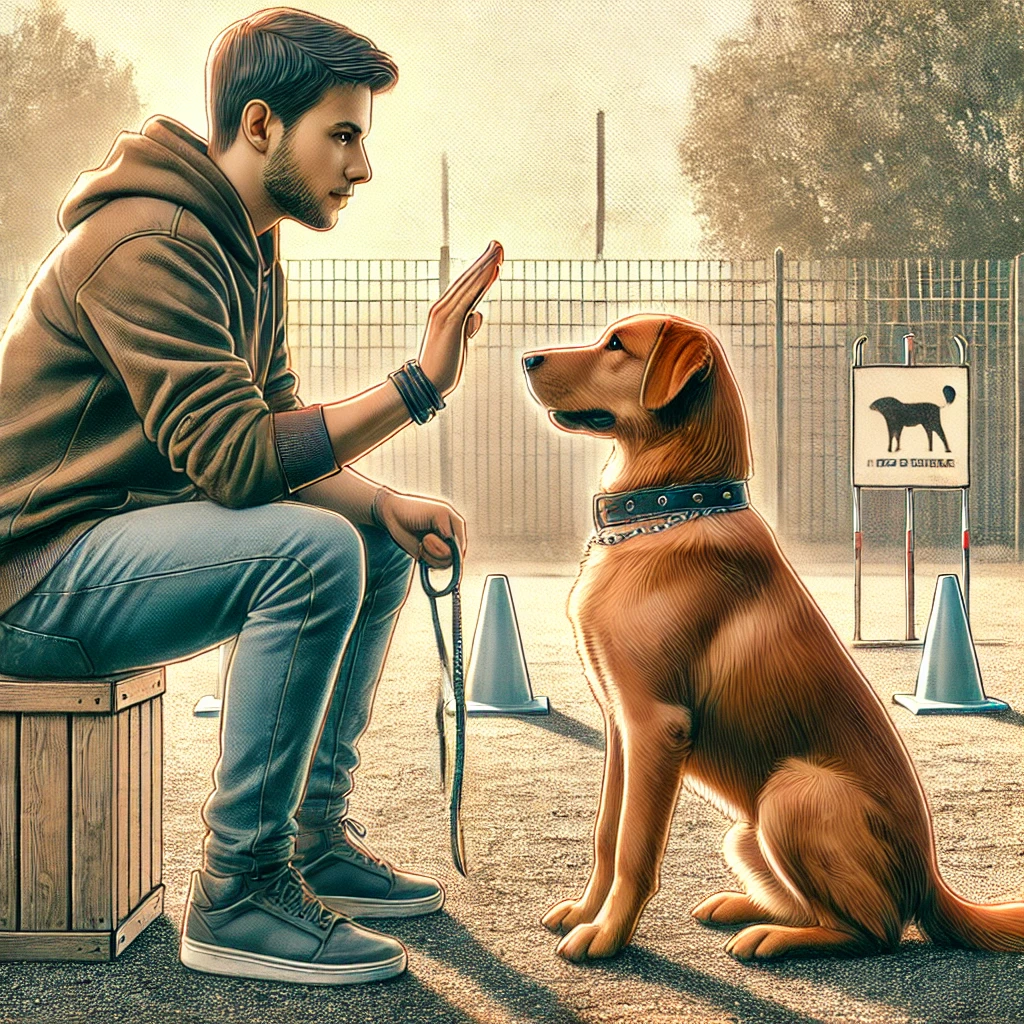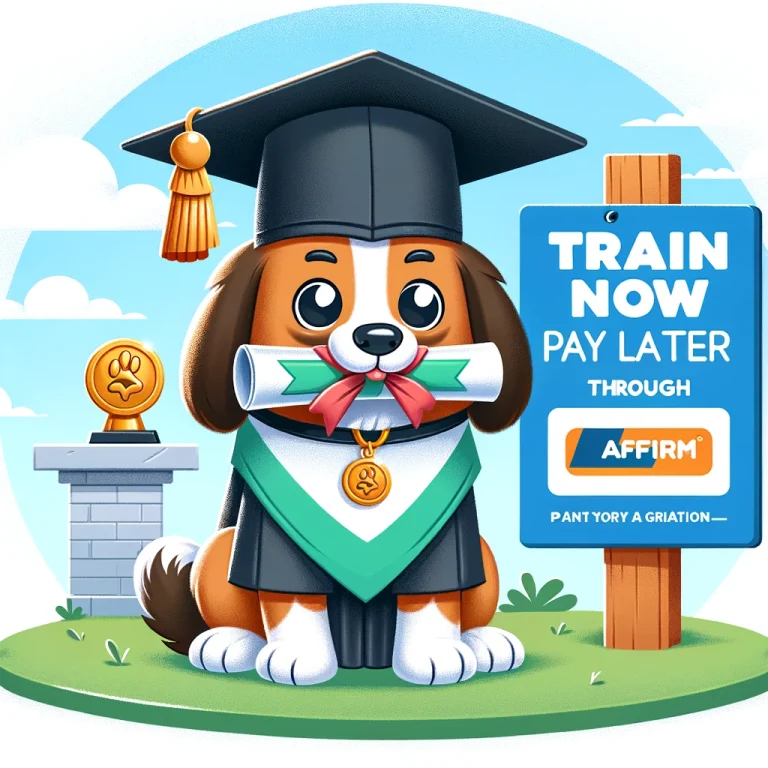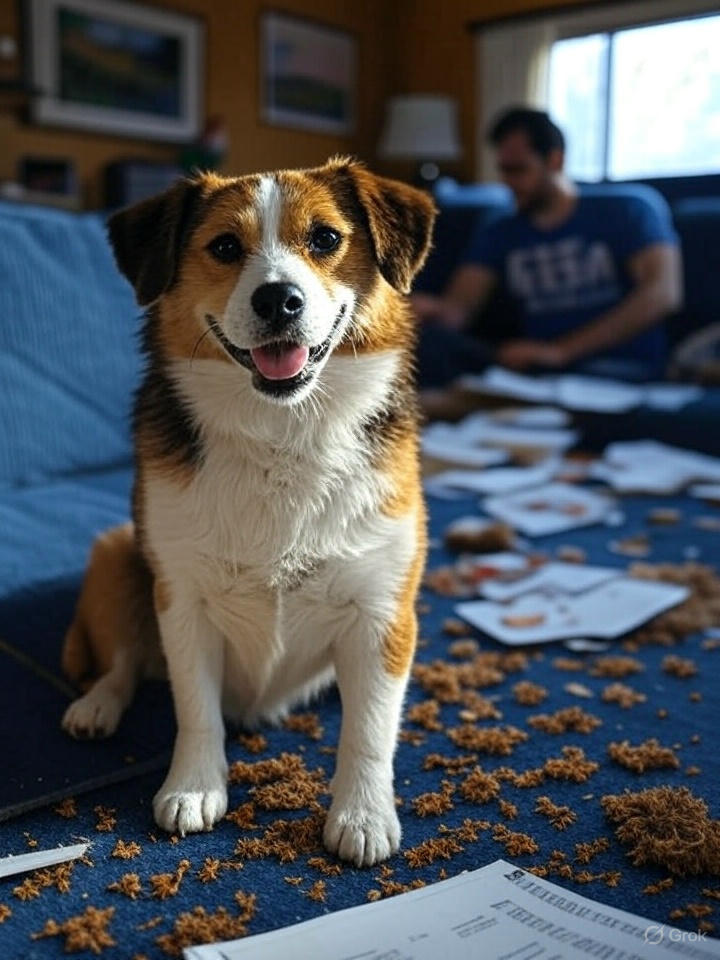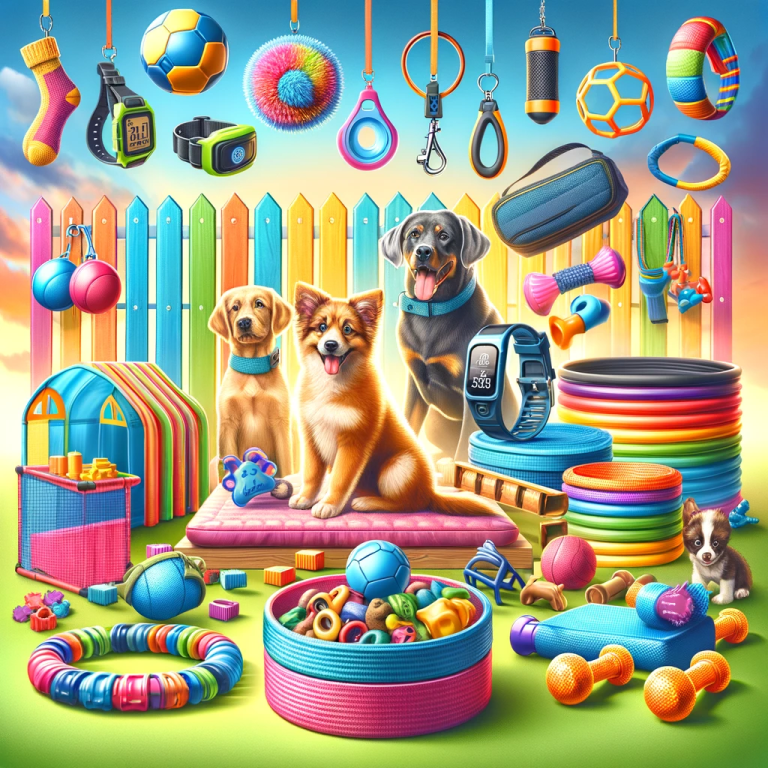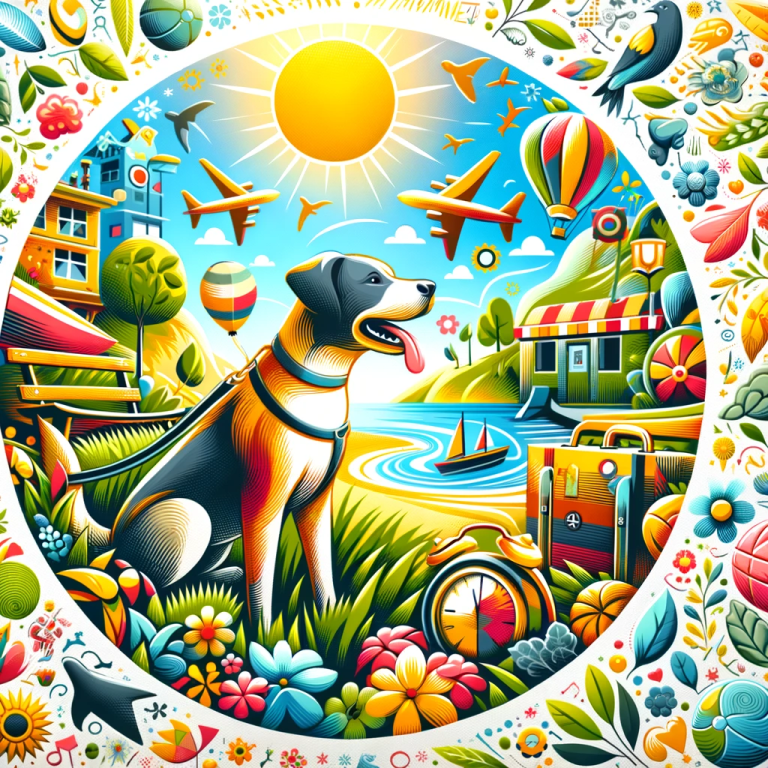Why Does My Dog Listen to the Trainer and Not Me?
As professional dog trainers, one of the most common frustrations we hear from dog owners is: “Why does my dog listen to you but completely ignore me?” It’s a fair question. After all, you’re the one who feeds them, cuddles with them, and spends the most time with them. So why does your dog seem to respond better to a trainer than to you at first?
Note: Our ultimate goal as professional trainers isn’t just to get your dog to listen to us—it’s to equip you with the skills, confidence, and techniques to achieve the same response from your dog. We lay the foundation and build the structure, but the magic happens when you take what we’ve taught and apply it consistently at home. With our guidance, patience, and practice, you’ll become the leader your dog looks to and respects, making the training results truly last a lifetime. Let’s work together to make that connection stronger than ever!
Let’s break it down:
1. Consistency is Key
One of the biggest reasons dogs respond to trainers is consistency. Professional trainers are extremely deliberate in their actions, commands, and responses. We ensure that every command is given in the same tone, at the right time, and with clear consequences.
As an owner, it’s easy to fall into the trap of inconsistency. For instance, you might say “sit” once but then allow your dog to ignore it because you’re in a hurry. Or, you might unintentionally reward bad behavior by laughing or giving attention. These mixed signals confuse dogs, making them less likely to respond to you.
2. Trainers Aren’t “as” Emotionally Attached
Let’s face it—dog trainers aren’t emotionally tied to your dog the same way you are. This doesn’t mean we don’t love dogs (we do!), but it allows us to maintain a level of objectivity and authority.
Owners, on the other hand, may feel guilty about correcting their dog or get frustrated when training doesn’t go as planned. Dogs pick up on these emotions, which can undermine your authority and create confusion about what’s expected.
3. Trainers Have Clear Boundaries
Dogs thrive on structure and boundaries, and trainers are experts at providing both. When a dog is with a trainer, they know exactly what’s allowed and what’s not. There’s no gray area.
At home, boundaries may be less clear. Maybe you let your dog jump on the couch one day but scold them for it the next. Or perhaps you let them pull on the leash when you’re in a hurry, but expect perfect heeling the next walk. These inconsistencies make it harder for your dog to understand and follow your rules.
4. Timing is Everything
Trainers have impeccable timing when it comes to rewarding good behavior and correcting bad behavior. Dogs live in the moment, and their brains process events incredibly quickly. If you reward or correct too late, your dog may not associate your response with their behavior.
For example, if your dog jumps on a guest and you scold them five seconds later, they might think they’re being punished for sitting down afterward, not for the jumping itself. Trainers are trained to avoid these timing errors, which makes our communication with your dog much clearer.
5. It’s All About Leadership
Dogs are pack animals by nature, and they respond best to clear, confident leaders. Trainers naturally exude leadership because we’ve worked with countless dogs and know exactly how to command respect.
As an owner, you might unknowingly send signals that undermine your leadership, such as hesitating when giving commands, using a pleading tone, or allowing your dog to “negotiate” by ignoring commands. This doesn’t mean you’re doing anything wrong—being a leader takes practice, and that’s what trainers are here to help with.
6. Your Dog Associates Us with Training
When your dog sees their trainer, they know it’s time to work. The environment, tone, and routine all signal to your dog that training is the focus. At home, your dog might associate you more with playtime, snuggles, and meals, which can make it harder for them to switch into “training mode.”
The Good News? You Can Be the Leader Your Dog Needs
The goal of professional dog training isn’t just to teach your dog; it’s to teach you how to be the best leader for your dog. Think of us as coaches for your relationship. Here are some tips to bridge the gap and get your dog responding to you like they do to their trainer:
- Be Consistent: Stick to the same commands, tone, and rules every single time.
- Set Boundaries: Be clear about what’s allowed and what’s not, and enforce those boundaries consistently.
- Practice Leadership: Speak confidently, stand tall, and mean what you say.
- Keep Training Fun: Use rewards, praise, and a positive attitude to make training enjoyable for both you and your dog.
- Work with Your Trainer: Use the techniques you’ve learned during training sessions at home. Repetition and consistency are key to reinforcing your dog’s learning.
A Team Effort
Remember, training is a team effort. The trainer can guide and set the foundation, but it’s up to you to continue the work at home. With patience, practice, and a little help from the pros, you can build the same respect and responsiveness with your dog that trainers achieve.
Your dog doesn’t love the trainer more—they just understand the rules we set. By adopting those same principles, you’ll see your bond grow stronger and your dog’s behavior improve. After all, you’re their favorite person. Let’s help them show you the respect you deserve!

